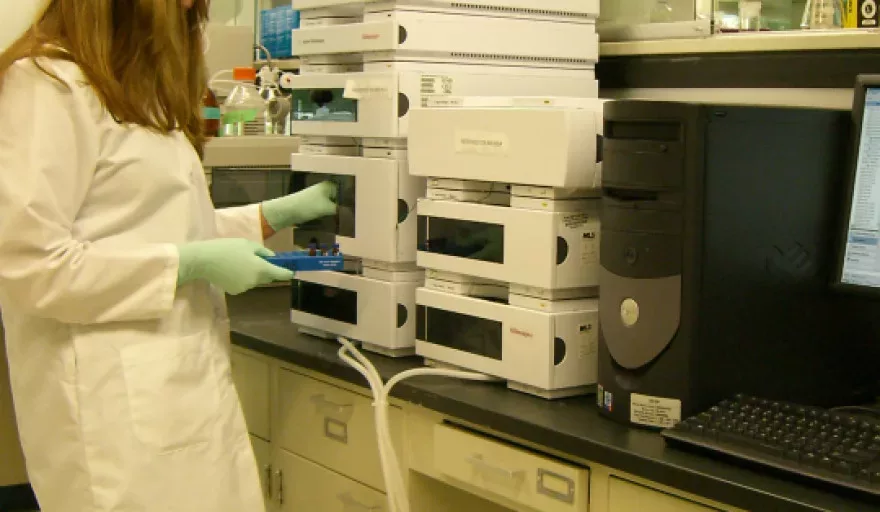Investments in cloud-based laboratory information management systems (LIMS) are becoming a key part of Europe’s eHealth strategy.
Even as LIMS providers in Western Europe focus on offering hosted software-as-a-service with free automatic upgrades and built-in customisations, their success will depend on the ability of the products to meet the needs of diagnostic, speciality and hospital laboratories, which demand low turnaround times for patient samples.
New analysis from Frost & Sullivan, Analysis of the Western European Laboratory Information Management System Market, finds that the market earned revenues of $303.5 million in 2014 and estimates this to reach $394.1 million in 2021.
“The development of LIMS that support genetic and molecular testing requirements can speed up these processes and have a high impact on preventative medicine in Western Europe,” said Frost & Sullivan Healthcare Industry Analyst, Srinivas Sashidhar. “For the specialised process of genetic testing, however, traditional LIMS will have to undergo modifications to suit the workflow requirements of a genetic laboratory.
“The integration of such features with traditional LIMS is also necessary to respond to the unique needs of complex diagnostic sectors such as cytogenetics, human leukocyte antigen typing and flow cytometry. Therefore, LIMS must evolve to have higher data storage capacity as well as the ability to detect genetic arrangements and access sample records that contain gene database information.
“This will make capabilities such as high-speed computing and processing, and sophisticated software for specimen tracking, quality assurance, and quality control documentation crucial for success.”
While all this can be achieved, justifying the return on investment after replacing old LIMS will be a challenge for vendors in Western Europe; especially in the case of expensive high-end enterprise LIMS modules.
Another cause for concern is that very few laboratories, hospitals and research institutions are organised in Europe; either their management teams are not technically sound or vendors have not managed to clearly express the LIMS cost break-up.
“When it comes to mid-sized laboratories, it is easier for vendors to explain product technicalities, reduce the consulting hours for the analysis of laboratory infrastructure, and achieve installation and execution within the scheduled time,” continued Sashidhar. “In other cases though, a communication gap prevails between vendors and customers during the initial stages of discussion, preventing both sides from fixing the LIMS installation price.”
As such, the future lies in integrating LIMS with electronic laboratory notebooks so that data from laboratory instruments can be automatically transferred back and forth in real time. Integrating LIMS with hospital information systems (HIS) is also an upcoming trend in Europe.
“Instead of each laboratory operating its own LIMS and having vendors maintain the systems individually, a remotely located LIMS hub can support all laboratory operations within the region,” added Sashidhar. “The hospital laboratories integrated with this chain will also establish Web-enabled electronic patient records.
“Overall, this Service Integrated Architecture model will be an easier and cost-effective method for laboratory management.”

































